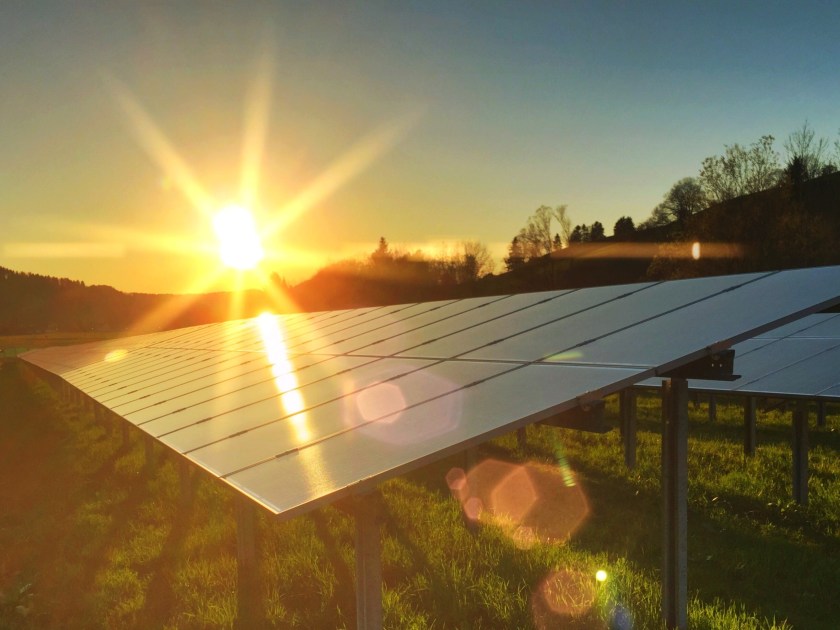
For years, scientists and futurists have been claiming that we’re on the precipice of a “solar revolution,” on in which all power will be replaced with solar energy. While we’re not there yet, each day we inch closer to it. In a first, MIT scientists created a way to store solar energy. There’s talk of replacing highway pavement with photovoltaic cells. And solar panels have become ever more flexible and been manufactured smaller than a human hair. Vox‘s David Roberts reflects on the advent of solar technologies:
“These tiny solar cells won’t produce much power individually, but what they lack in energy density, they will make up for in ubiquity. They will be everywhere. And as solar diffuses into infrastructure, so too will energy storage and management. Eventually, the entire built environment of human civilization will become one giant energy harvester and manager. The power system will not be something overlaid onto infrastructure but something that is part and parcel of infrastructure, something infrastructure just does, automatically. Most or all of the power urbanites need will simply exist in a seamless web, all around them.”
Read Roberts’ full story here.
Additionally, Michio Kaku, an American theoretical physicist, shared his thoughts with Big Think on the future of the energy industry pertaining to solar power. Since the video below was filmed in 2012, significant advancements have been made in solar technology. But, Kaku’s overall argument still holds up. Two impediments to the “solar revolution” are storage and efficiency problems. Listen to Kaku discuss what overcoming these two technological hurdles means for the future of energy.
This article was featured in the InsideHook newsletter. Sign up now.























